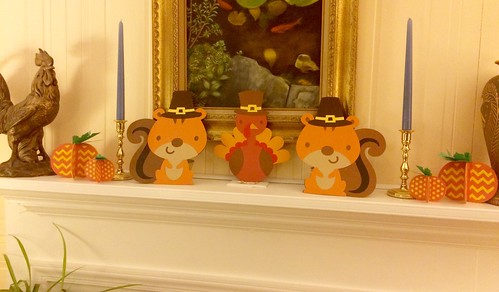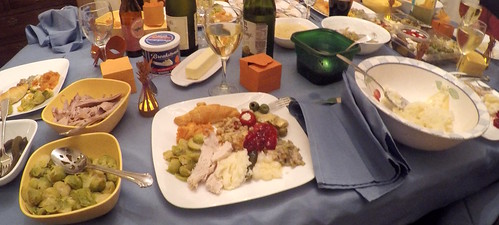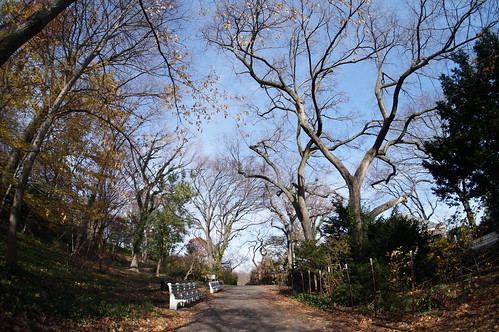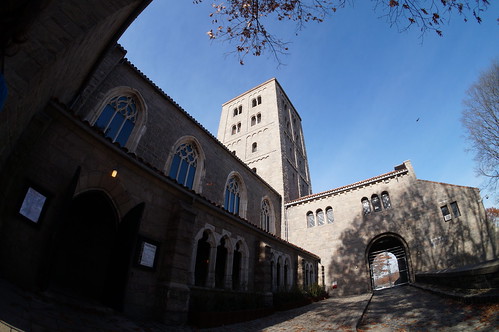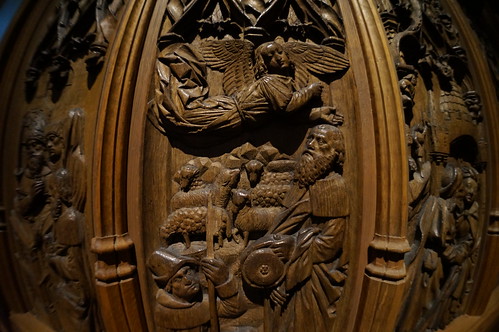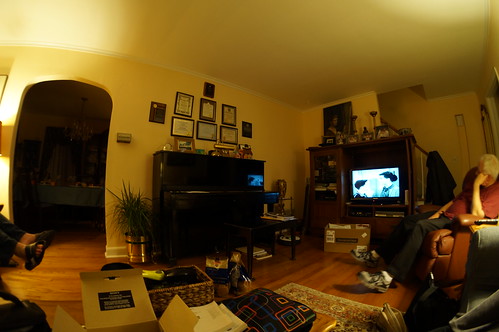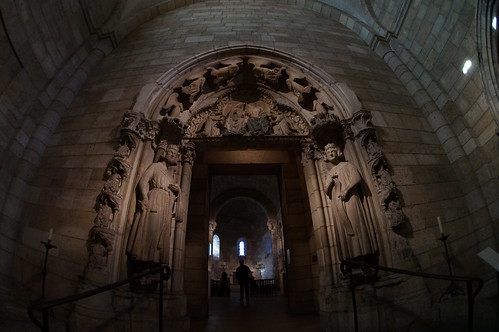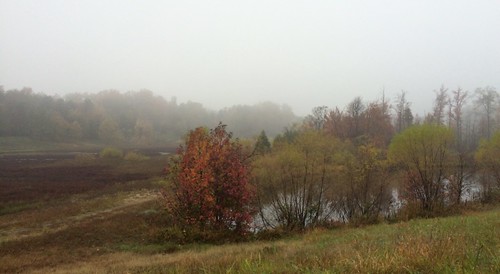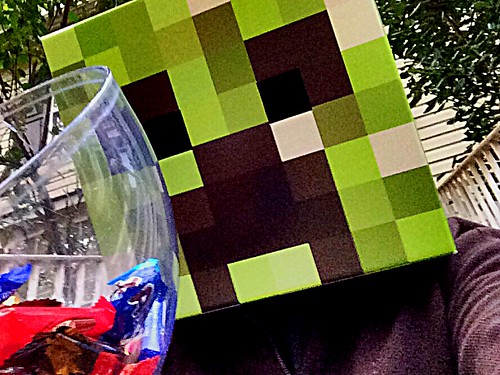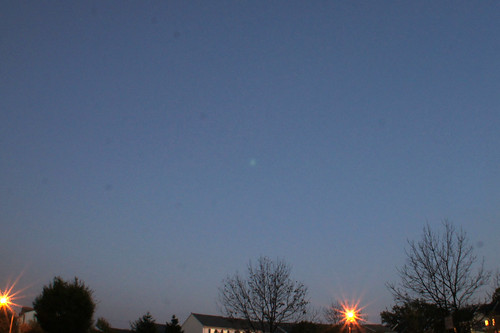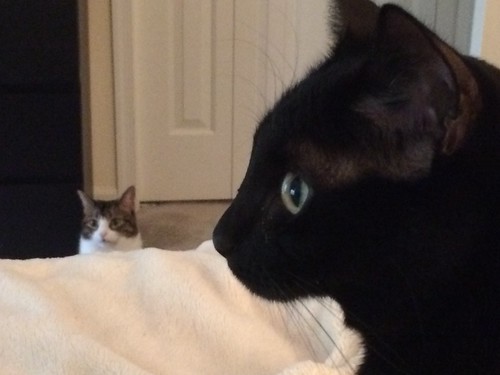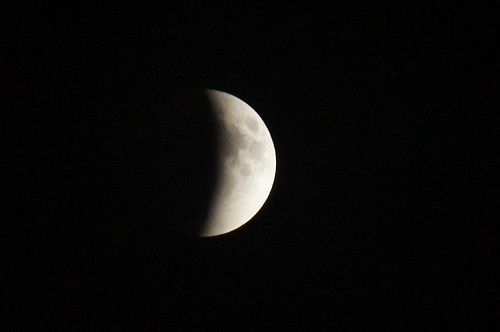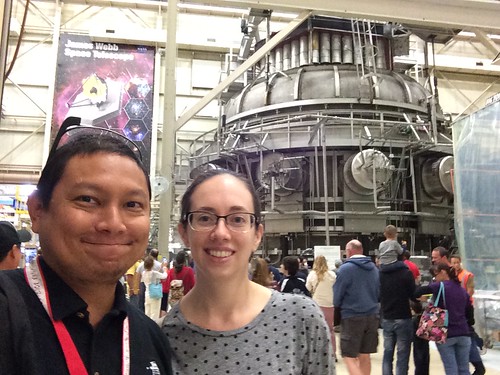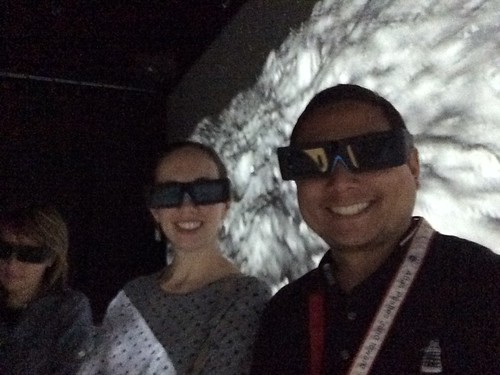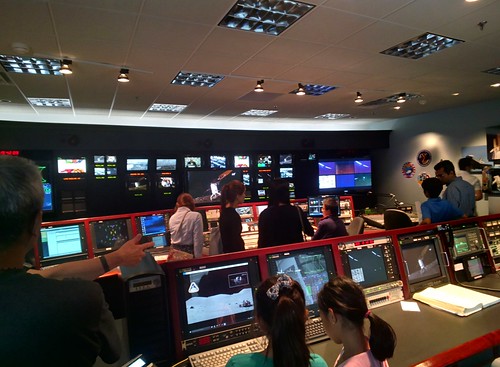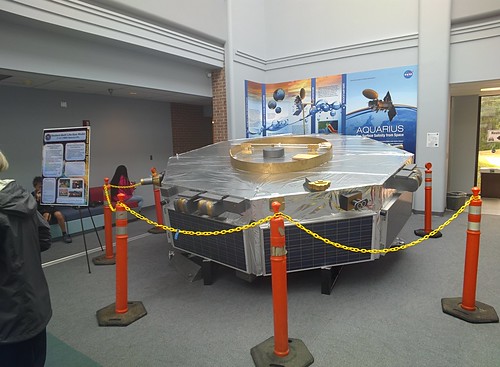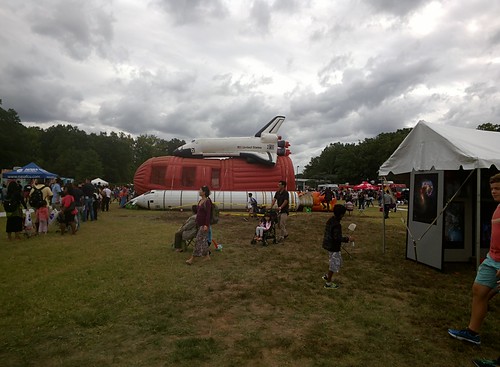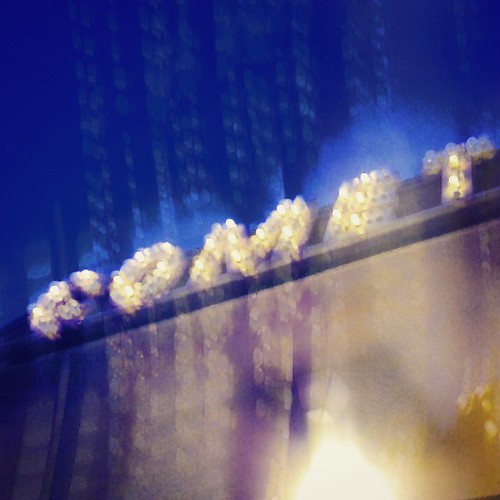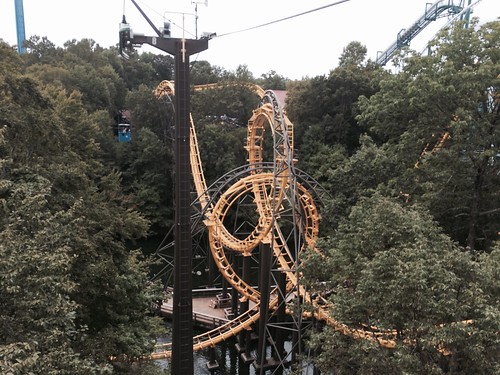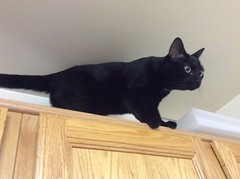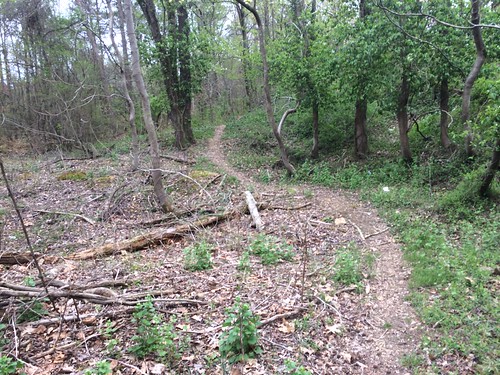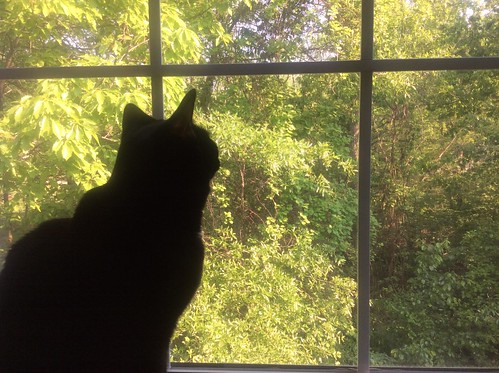Amy’s mom is having a lot of fun with her Cricut; here are some squirrel pilgrims (squilgrims).
Thanksgiving dinner with the in-laws was a feast as always, with all the standard classics, and also some very interesting sweet potatoes. I don’t normally like sweet potatoes but this recipe with vanilla and marshmallows (!) was amazing. Brussels sprouts were also a highlight, as was the day-after-Thanksgiving turkey carcass soup.
On Friday we went to upper Manhattan and walked around Fort Tryon Park and the Cloisters, which we hadn’t visited for over a decade. It was a perfect day for it. For lunch, New Leaf in the park. Super-busy that day, with a long wait, but well worth it for a pork belly and fried egg sandwich.
Medieval art at the Cloisters is always a treat: I’d been looking forward to the unicorn tapestries after seeing the ones at the Cluny.
In the late afternoon the gardens afforded a lovely view of a golden sunset over the Hudson.
I also got to test out my “new” DSLR, a used Sony NEX-3N body, compatible with my current set of E-mount lenses. Other than that, I got to see more Leave It To Beaver than I have since childhood. Weekend was over far too soon.
